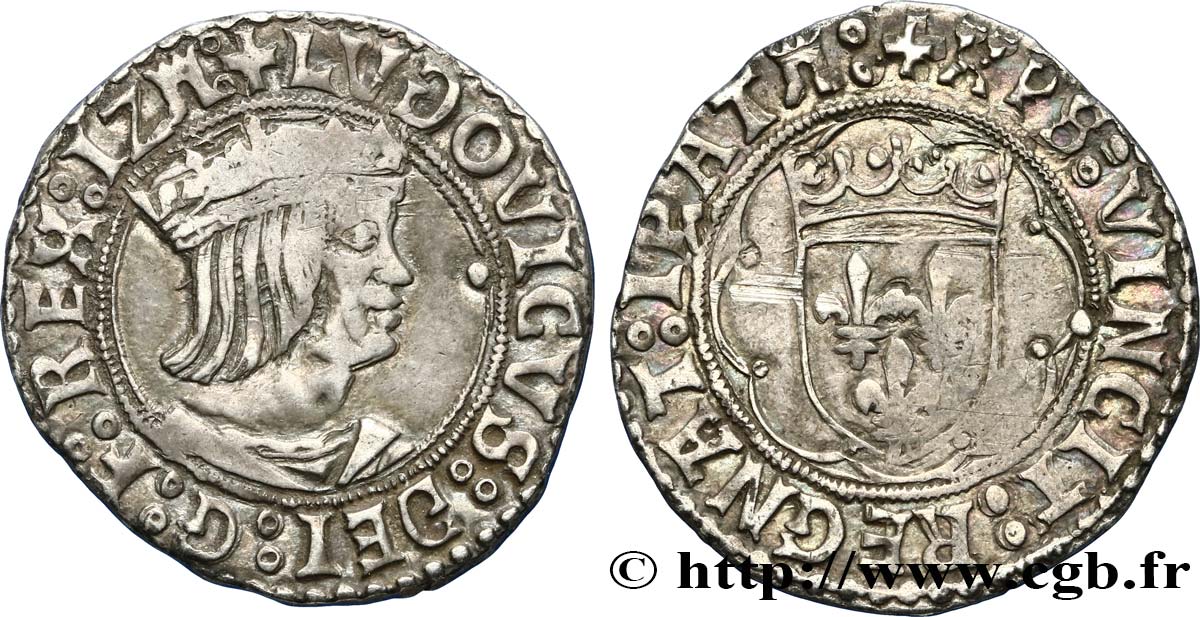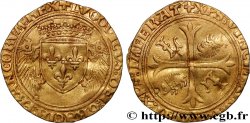Live auction - bry_431490 - LOUIS XII Demi-teston n.d. Tours
Чтобы принять участие в торгах, вы должны войти в систему и стать подтвержденным участником аукциона. Войдите, чтобы сделать ставку. Ваш аккаунт будет подтвержден в течение 48 часов. Не ждите до закрытия торгов, чтобы зарегистрироваться.Сделав ставку на данный товар, вы вступаете в юридическое соглашение на покупку выбранного товара и нажатием кнопки «Сделать ставку» подтверждаете принятие вами условий интернет-аукционов cgb.fr.
Ставка может бить сделана только в полном эквиваленте евро. Торги закроются согласно времени, указанному в описании товара, все ставки, сделанные после закрытия торгов, учитываться не будут. Не следует откладывать предложение вашей ставки до последнего момента, так как система может не успеть обработать вашу заявку, и ваша ставка не будет принята. Более детальную информацию вы найдёте здесь: FAQ по интернет-аукционам.
Все ставки победителей подлежат комиссии 18%.
Все ставки победителей подлежат комиссии 18%.
| Оценить : | 6 000 € |
| Цена : | 5 200 € |
| Максимальная предлагаемая цена : | 7 300 € |
| Конец торгов : | 13 June 2017 15:30:42 |
| Участников : | 4 Участников |
Тип Demi-teston
Дата: 06/04/1514
Дата: n.d.
Монетный двор / Город: Tours
Металл: silver
Проба: 938 ‰
Диаметр: 23 mm
Ориентация осей монеты: 7 h.
Вес: 4,76 g.
Редкость: R3
Комментарии о состоянии
Cet exemplaire est frappé sur un flan irrégulier et assez large. Faiblesse de frappe sur la couronne du roi et sur le bas de l’écu au revers. Jolie patine grise de médaillier. Rayure au revers à gauche de l’écu de France
Лицевая сторона
Аверс: легенда: + LVDOVICVS: DEI: G: F: REX: IZ (TOUR):, (PONCTUATION PAR DEUX ANNELETS SUPERPOSÉS).
Аверс: описание: Buste de Louis XII à droite, couronné et drapé.
Аверс: перевод: (Louis, par la grâce de Dieu, roi des Francs).
Обратная сторона
Реверс: легенда: + XPS: VINCIT: REGNAT: IPAT (TOUR):, (PONCTUATION PAR DEUX ANNELETS SUPERPOSÉS).
Реверс: Описание: Écu de France couronné dans un simple octolobe.
Реверс: перевод: (Le Christ vainc, le Christ règne, le Christ commande).
Комментарий
L’une des monnaies les plus rares du règne de Louis XII. Le demi-teston fut frappé dans seulement deux ateliers, Paris et Tours. Celui de Tours est de loin le plus rare. Il existe un exemplaire conservé dans les collections du Cabinet des médailles de la BnF issu du même coin de revers. Un autre exemplaire figurait dans la collection Marchéville (vente Ciani du 21 mai 1928, n° 2110) et est réapparu lors de la vente de collection Barbier (vente Page, 4-6 mai 1936, n° 183. Le coin de droit de cet exemplaire est varié avec deux annelets en fin de légende du droit.








 Cообщить об ошибке
Cообщить об ошибке Распечатать страницу
Распечатать страницу Отправить мой выбор
Отправить мой выбор Задать вопрос
Задать вопрос Consign / sell
Consign / sell
 Информация
Информация



